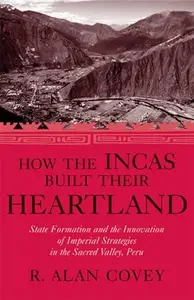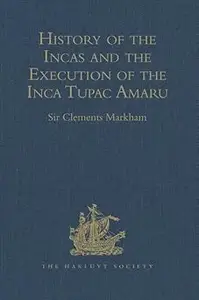 Free Download How the Incas Built Their Heartland: State Formation and the Innovation of Imperial Strategies in the Sacred Valley, Peru By R. Alan Covey
Free Download How the Incas Built Their Heartland: State Formation and the Innovation of Imperial Strategies in the Sacred Valley, Peru By R. Alan Covey
2006 | 352 Pages | ISBN: 0472114786 | PDF | 26 MB
Inca archaeology has traditionally been intimately tied to the study of the Spanish chronicles, but archaeologists are often asked to explain how Inca civilization relates to earlier states and empires in the Andean highlands-a time period with little coinciding documentary record. Until recently, few archaeologists working in and around the Inca heartland conducted archaeological research into the period between AD 1000 and AD 1400, leaving a great divide between pre-Inca archaeology and Inca studies. In How the Incas Built Their Heartland R. Alan Covey supplements an archaeological approach with the tools of a historian, forming an interdisciplinary study of how the Incas became sufficiently powerful to embark on an unprecedented campaign of territorial expansion and how such developments related to earlier patterns of Andean statecraft. In roughly a hundred years of military campaigns, Inca dominion spread like wildfire across the Andes, a process traditionally thought to have been set in motion by a single charismatic ruler, Pachacuti Inca Yupanqui. Taking nearly a century of archaeological research in the region around the Inca capital as his point of departure, Covey offers an alternative description of Inca society in the centuries leading up to imperial expansion. To do so, Covey proposes a new reading of the Spanish chronicles, one that focuses on processes, rather than singular events, occurring throughout the region surrounding Cusco, the Inca capital. His focus on long-term regional changes, rather than heroic actions of Inca kings, allows the historical and archaeological evidence to be placed on equal interpretive footing. The result is a narrative of Inca political origins linking Inca statecraft to traditions of Andean power structures, long-term ecological changes, and internal social transformations. By reading the Inca histories in a compatible way, Covey shows that it is possible to construct a unified theory of how the Inca heartland was transformed after AD 1000.R. Alan Covey is Assistant Professor of Anthropology at Southern Methodist University.
(more…)

